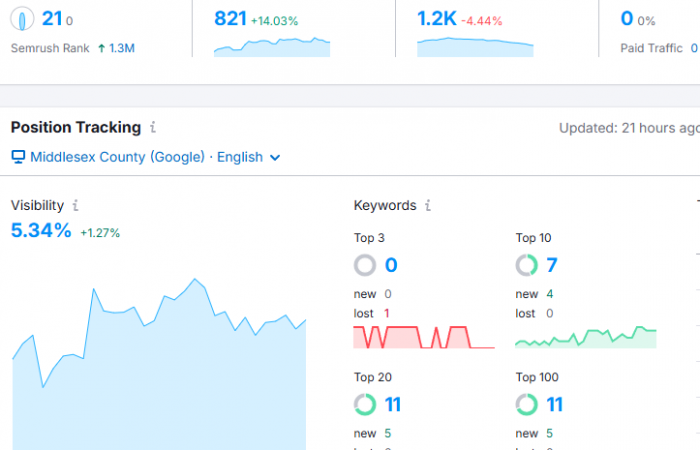In the ever-evolving world of digital marketing and content creation, artificial intelligence (AI) has become a valuable tool for generating blog content efficiently. AI-powered content generators can save time and effort, but to truly harness their potential, you must understand the importance of editing AI-generated blog content for SEO. In this comprehensive guide, we will explore the significance of editing AI-generated content, its impact on search engine optimization (SEO), and provide practical tips on how to do it effectively.
Why Edit AI-Generated Blog Content for SEO
Editing AI-generated content for SEO purposes is essential for several reasons:
- Quality Assurance: While AI can generate content, it often lacks the nuances, creativity, and human touch that make content engaging and valuable to readers. Editing allows you to enhance the overall quality of the content.
- Keyword Optimization: AI may not always choose the most effective keywords or keyword placements for SEO. Human editors can identify and optimize keywords for better search engine rankings.
- Relevance and Originality: AI content may sometimes lack relevance or originality. Editing helps ensure your content is tailored to your audience’s needs and avoids plagiarism issues.
- Voice and Tone: Maintaining a consistent voice and tone is crucial for branding. Editors can adjust the content to match your brand’s personality and messaging.
- User Experience: Content Readability and flow are essential for a positive user experience. Human editing can make the content more readable and engaging.
How to Edit AI-Generated Blog Content for SEO
Now that we understand the importance of editing AI-generated content, let’s delve into the practical steps to optimize it for SEO:
1. Review AI-Generated Content
Start by carefully reviewing the AI-generated content. Pay attention to the structure, grammar, and overall coherence. Identify any factual errors or inaccuracies.
2. Keyword Research and Optimization
Perform keyword research to identify relevant keywords for your topic. Ensure that these keywords are strategically placed within the content, including titles, headings, and throughout the body. Use tools like Google Keyword Planner or Ahrefs to discover high-performing keywords.
3. Optimize Headings and Subheadings
Use descriptive and SEO-friendly headings and subheadings to break up the content. Incorporate your target keywords naturally within these headings to improve search engine visibility.
4. Improve Readability
Edit for Readability by breaking long sentences and paragraphs into shorter ones. Use bullet points, numbered lists, and white space to enhance the overall Readability of the content.
5. Add Value and Relevance
Ensure that the content adds value to your target audience. Address their questions, concerns, and pain points. Provide actionable information and insights that make your content genuinely helpful and relevant.
6. Check for Plagiarism
Use plagiarism detection tools to ensure the content is original and not copied from other sources. Plagiarized content can harm your SEO rankings.
7. Proofreading
Thoroughly proofread the content to eliminate any spelling or grammatical errors. Typos and grammar mistakes can undermine your credibility.
8. Mobile Optimization
Optimize the content for mobile devices. Ensure that it displays correctly on various screen sizes, as mobile-friendliness is a ranking factor in SEO.
9. Add Relevant Visuals
Include images, infographics, or videos that enhance the content and make it more engaging. Optimize images for SEO by adding descriptive alt text.
10. Internal and External Links
Incorporate internal links to other relevant pages on your website and external links to authoritative sources. This helps improve the content’s credibility and SEO performance.
Editing AI-generated blog content for SEO is a crucial step in ensuring that your content ranks well in search engine results and provides value to your audience. By following the steps outlined in this guide, you can harness the power of AI while maintaining quality, relevance, and user-friendliness in your content. Remember that combining AI-generated content and human editing can result in the best of both worlds: efficiency and effectiveness in your content marketing strategy.









